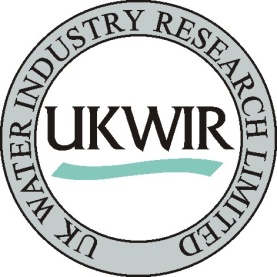How do we assess the effects of oestrogens in sewage effluent discharges?
The challenge
The UK, or more specifically England, has had high incidences of widespread endocrine disruption in wild fish. This has been associated with effluent discharges from domestic sewage treatment plants (STPs). In order to inform future decisions on an appropriate regulatory strategy for oestrogenic domestic STP effluents, there needs to be an evaluation carried out on the efficacy and cost effectiveness of existing and improved STP treatment processes for reducing steroid oestrogen emissions.
The solution
There is a need for a fast simple means of assessing the effects of sewage effluent discharges and more specifically of steroid estrogens contained in sewage effluent discharges on existing and future fish populations and stocks.
CEH developed a model which enables sewerage companies and regulators to characterize the risk posed by steroid oestrogen contaminants on fish living in freshwater bodies.
It offers considerable advantages over current analytical methods such as the possibility of portability and on-site working and the ability to measure and/or predict pollutant levels in complex matrices with minimal sample preparation. It is fast, simple and economical to use.
The user interface consist of a set of traffic lights which will move between green through amber to red to provide the user with information on the pass or failure of the water body with respect the concentrations and effects of oestrogens, without ever having to sample fish. The invention can also provide the user with more detailed information on impact and pressure and on short and long term health outcomes of being exposed to the water. The more detailed output is in the form of a series of images that will illustrate the nature and the magnitude of the biological effects caused by mixtures of oestrogens in the water.
Resulting benefits
The model has been used to carry out a Risk Assessment of Steroid Oestrogens from Sewage Treatment Works. The model gives a detailed and comprehensive picture of the likely levels of exposure of freshwater fish populations to steroid oestrogens. It should therefore help in the development of a rational and cost effective strategy to reduce the risk of population decline, by targeting areas where steroid oestrogen reduction would prove of greatest benefit to fish stocks and to the wider environment.
Future directions
Future developments will be to test the predicted environmental concentrations and to refine the risk assessment.
Add Pingback





